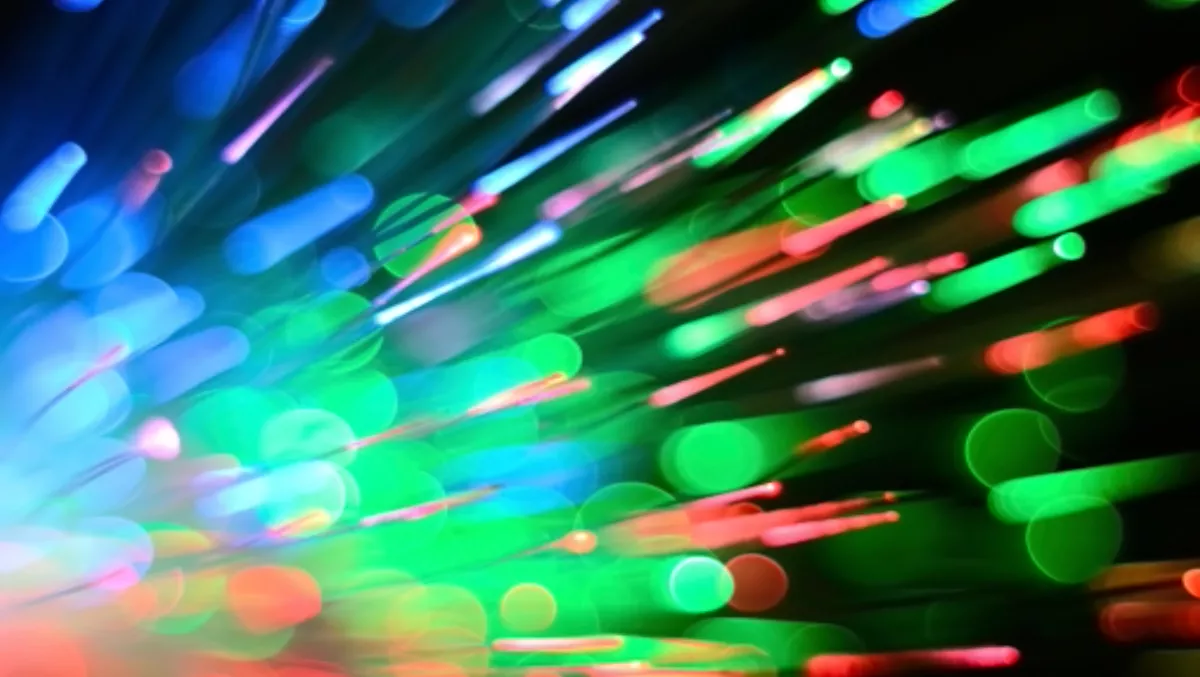
Copper, fibre or network for long-range installations?
Gerben Romijn, LevelOne CSO of international networking, weights up the benefits of fibre versus copper for your customers long range digital signage.
As a transmission medium, fibreoptic cable provides plenty of benefits that can’t be matched by traditional copper. Signal clarity, greater installation range and no electromagnetic interference (EMI) make it an ideal choice for a digital signage application.
Naturally, there’s a caveat – there always is. Fibre is up to twice as expensive as copper, so the average end-user generally won’t be swayed by talk of lightning-fast speed, greater range or reduced EMI.
For a large installation such as a stadium or hospital, fibre is the clear winner based purely on the range it offers. Since fibre has low dispersion, it is possible to send an HDMI signal over 40km by daisy-chaining receivers, without any drop-off in image quality.
Copper generally offers a range of about 250 metres before image quality is affected, with the signal deteriorating at each link in the chain.
Extend it
A long-range digital signage installation over fibre-optic extenders requires just four items: an image source such as a DVD player or PC at one end, connected to a transmitter which sends the audio and video over fibre optic cable to a receiver, which plugs into the monitor at the display end.
This is the most effective and cost-efficient way of setting up an installation for large-scale facilities that require signage a long distance from the source.
Since fibre is not subject to electronic interference it is also great medium for facilities housing sensitive electrical equipment like hospitals, where critical healthcare systems could be affected.
Another point of consideration - fibre works best as a point-to-point solution, carrying a signal quickly and efficiently over long distances.
In some circumstances it is not so good at distributing that signal to multiple monitors at the display end. Fibre is best suited to situations where one server sends a signal to multiple display units over a long distance.
An IP-based platform for digital signage can provide the same image quality and range as a fibre-optic installation, as well as other benefits such as cheaper installation and scalability.
However, it can also require expensive network hardware for large complex installations, as well as a CPU or software at the display end.
So fibre tends to be the best choice for large-scale deployments with few screens, and either an IP or hybrid setup works best for large-scale deployments with multiple screens.
The hybrid solution can offer the speed of fibre over a long distance, then split the signal using copper at the display end, making it a good way of setting up a stadium or theatre that needs lots of displays over a wide area.


